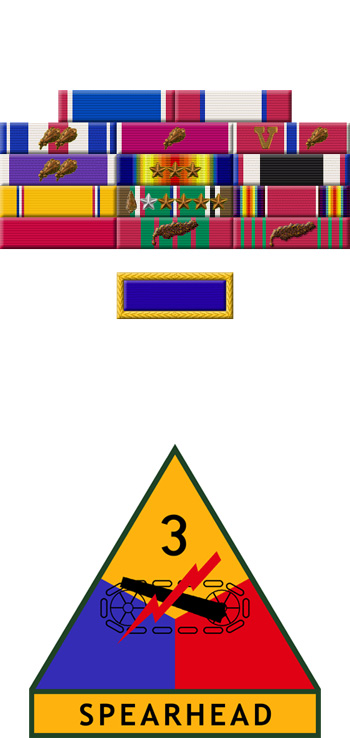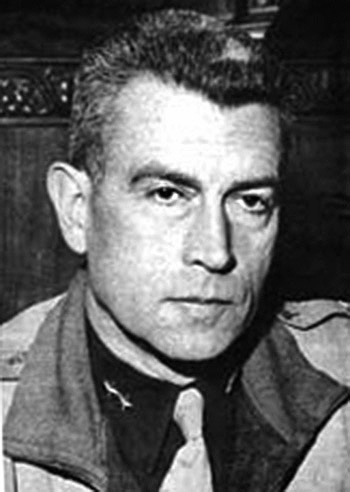
|
Maurice Rose |
 |
|||
| Rank, Service | ||||
Major General, U.S. Army |
||||
| Veteran of: | ||||
|
||||
| Tribute: | ||||
Maurice Rose was born on November 26, 1899, in Middletown, Connecticut. He served in the Colorado National Guard from June to August 1916, and then entered the First Officers Training Camp at Fort Riley, Kansas, in May 1917. Rose was commissioned a 2d Lt of Infantry in the U.S. Army on August 15, 1917, and then served with the 353rd Infantry Regiment at Camp Funston, Kansas, from August 1917 to May 1918, and then deployed to France with the American Expeditionary Forces from May 1918 until the war ended in November 1918, staying on for occupation duty until returning to the U.S. in January 1920. His next assignment was with the 21st Infantry Regiment at Fort Douglas, Utah, from January 1920 to October 1921, and then with the 53rd Infantry Regiment at Fort Douglas from October 1921 to July 1922. Capt Rose next served with the 38th Infantry Regiment at Fort Douglas from July 1922 to September 1925, followed by attending the Infantry School at Fort Benning, Georgia, from September 1925 to May 1926. He served as Plans and Training Officer for the 38th Infantry Regiment at Fort Logan, Colorado, from May to September 1926, and then as Post Adjutant of Fort Logan from September 1926 to September 1927. His next assignment was as an instructor with the Army ROTC program at Kansas State Agricultural College in Manhattan, Kansas, from September 1927 to September 1930, followed by a transfer to the Cavalry and completion of the Cavalry School at Fort Riley, Kansas, in June 1931. Capt Rose served with the 8th Cavalry Regiment at Fort Bliss, Texas, until December 1932, when he transferred to the Panama Canal Zone. He returned to the U.S. in August 1935, and then served with the 6th Cavalry Regiment at Fort Oglethorpe, Georgia, from August 1935 to August 1936, followed by Command and General Staff School at Fort Leavenworth, Kansas, from August 1936 to June 1937. His next assignment was as an instructor with the 103rd Cavalry Regiment of the Pennsylvania National Guard from October 1937 to September 1939. Col Rose attended the Army Industrial College in Washington, D.C., from September 1939 to June 1940, and then served as Commanding Officer of the 3rd Battalion, 13th Armored Regiment at Fort Knox, Kentucky, from July 1940 to July 1941. He then served as Executive Officer of the 1st Armored Brigade at Fort Knox from July 1941 to January 1942, followed by service as Chief of Staff of the 2nd Armored Division at Fort Benning, Georgia, from January to February 1942. Gen Rose next deployed to North Africa where he served with the 1st Armored Division until taking command of the 3rd Armored Division in France in October 1944. After leading his division into Germany, Gen Rose was killed in action on March 30, 1945. He was the highest ranking American killed by enemy fire in the European Theater during World War II. Gen Rose was buried at the Netherlands American Cemetery in Margraten, Netherlands. |
||||
|
||||

